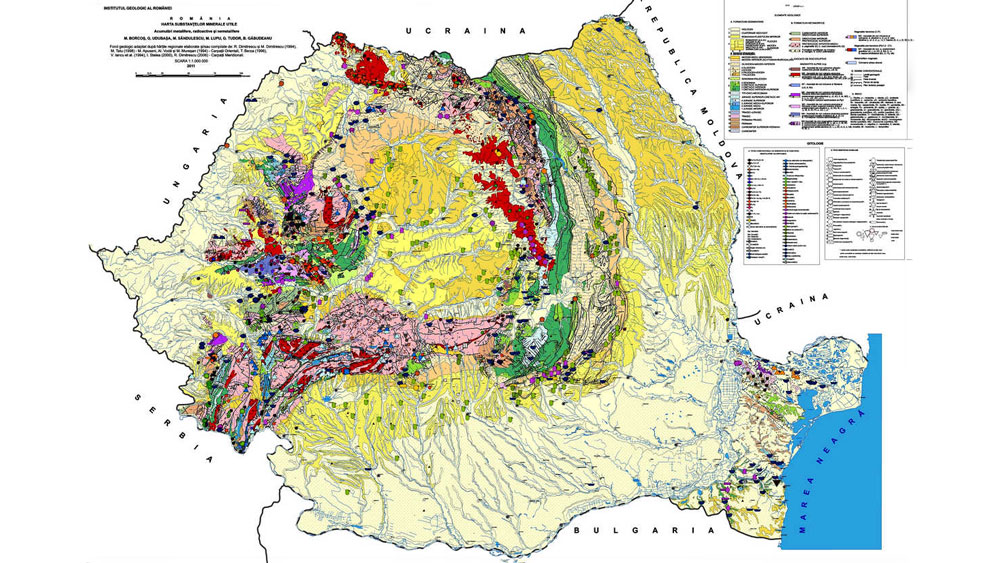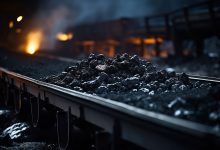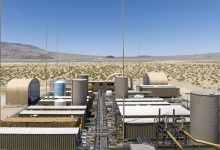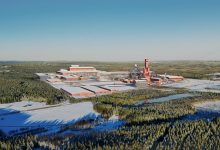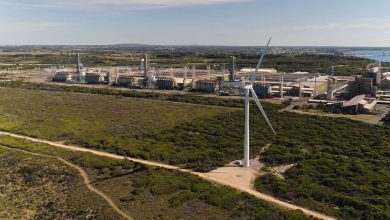Romania Revaluing its Mineral Resources
Romania is a country rich in mineral resources, but the reality is that we no longer know how much this wealth hidden in thousands of deposits is worth. The last quantitative revaluation was made 15 years ago. Since then, the increasing demand for raw material has led to a massive exploitation of mineral resources, and new deposits have been discovered in parallel. At the level of the National Agency for Mineral Resources (NAMR) a quantitative, qualitative and value revaluation action is in full swing, for over 700 deposits of solid minerals, then following to move to mineral waters and oil reserves. However, it is difficult to quantify the value of these deposits in money, but for specialists the value of a deposit is given by its size and quality.
Within this action, carried out by NAMR, about 60 deposits of ore, coal, building materials etc. have been revalued and tens of government decisions have been drawn up aiming at the registration of the real reserves at the current level of detail and knowledge. The new values of reserves are registered in the inventory of assets in the public domain of the state, in conditions in which there are deposits whose reserves have never been valued, having only an initial homologation thereof.
The first database, in 1925
In 1925, Romania made its first database on deposits. After more than 40 years, in 1968, geological data was introduced for the first time in a computer purchased from the U.S. Subsequently, in 1971, another computer was purchased, also from the U.S., for data storage. During 1997-1999, NAMR had made one of the most performing databases in the oil industry. Today, all data stored at the time with great effort is lost. Now, it must be re-uploaded.
Gold is no longer exploited
Gold and silver ore reserves are estimated at 760 tons, according to data available. But in Romania gold hasn’t been exploited since 2007, after all exploitations had been closed because they were no longer profitable due to outdated technologies and high production costs. In the years to follow, technologies have improved, new ones have emerged, but Romania no longer opened the gold mines. In a top of the largest untapped 50 gold mines and deposits in the world, published in 2012 by Natural Resources Holdings, the deposit in Rosia Montana ranked 17, being valued at 18.5 million ounces of gold. Another deposit, the one in Rovina, was estimated at 6.96 million ounces of gold and ranked 47 in the top. Now, the only gold exploited is the one that appears in association with polymetallic ores.
Non-ferrous processing industry, destroyed
Copper deposits are estimated at around 2 billion tons, and the state-owned company Cupru Min holds the rights of exploitation for the largest deposit in Romania, the one in Rosia Poieni, where 60% of the country’s reserves are located. Although Romania is the European country with the largest copper reserves, the manufacturing industry is missing. It existed, but was destroyed after 1990, and now the copper ore concentrate is exported and processed products are imported. In 1990 there were 3 plants where processing was made, but one by one they have all been destroyed by failed privatizations. While Sometra Copsa Mica, Apelum Zlatna and Phoenix Baia Mare (formerly Cuprom) became history, our neighbours, Bulgaria and Serbia, have developed over the past few years a strong non-ferrous metals manufacturing industry.
90 million tons of polymetallic ores
Another important resource is represented by polymetallic ores. According to the Economic Encyclopedia of Mineral Resources, there are 90 million tons of polymetallic ores in Romania. One ton of polymetallic ore contains 10 grams of molybdenum, 30 grams of nickel and cobalt, 50 grams of chromium, 300 grams of gallium, 1,000 grams of titanium, 2,500 grams of vanadium and 5,000 grams of grams of arsenic.
Yellow hydrogen can save coal
Romania’s coal reserves are large, but the new environmental policy of the European Union, known as the Green Deal, requires the abandonment of polluting technologies. The current data shows that Romania has hard coal reserves of about two billion tons, of which 600 million tons are in exploited perimeters. Also, Romania’s lignite resources are estimated at 690 million tons, of which exploitable in leased perimeters, 290 million tons. This vital resource for the Romanian energy system will have to be replaced with less polluting sources, but coal might not be removed completely, already having technologies that can transform it into syngas, synthetic diesel and hydrogen (yellow H2 – coming from fossil fuels). Hydrogen, as an energy alternative, hasn’t been only a topic of discussion in Europe for a long time. There are already many plants that produce green hydrogen (coming from biomass) and Germany has recently allocated EUR 9bn to develop the hydrogen industry. Romania is still contemplating the idea.
BP evaluations
According to BP evaluations, Romania has proven oil reserves of around 100 million tons and gas reserves of 100 billion cubic meters, excluding the offshore area. NAMR has not evaluated the mineral resources of the country, highlighted in the inventory of assets in the public domain of the state, managed by the authority, so assets in the nature of petroleum resources were recorded on December 31, 2015 with a ‘zero’ inventory value, according to a report of the Court of Auditors issued last year.
We have rare metals, but we don’t exploit them
Romania is one of the few countries in Europe that holds rare metal resources. For example, before 1989, Romania was the sixth country in the world, after the U.S., USSR, China, Japan and France, to produce zirconium, from which the capsules in which the nuclear fuel for the Cernavoda plant is stored are manufactured. Titanium, which was used in the aerospace industry, was also mined. Another metal was vanadium, which is now included by the European Commission in the list of 30 critical raw materials for the EU. Vanadium is used to make special steels, and vanadium alloys are used in nuclear reactors, due to the poor interactivity of the element. Another ore passed on the U.S. list. is graphite, the raw material from which graphene is produced, a material up to 200 times stronger than steel and 1,000 times lighter than a sheet of paper. It is the best conductor of electricity, and the energy industry uses it more and more. The only graphite mine in Romania, located in Gorj County, produced about 40,000 tons per year in the 1990s, but is now closed. A lesser known element is tellurium, which in Europe is found only in Romania and Sweden, and globally China, USA, Canada and Australia still have reserves. It is a rare metal used in the manufacture of atomic bomb casings, in the aerospace and energy industries, but in Romania it is no longer extracted.
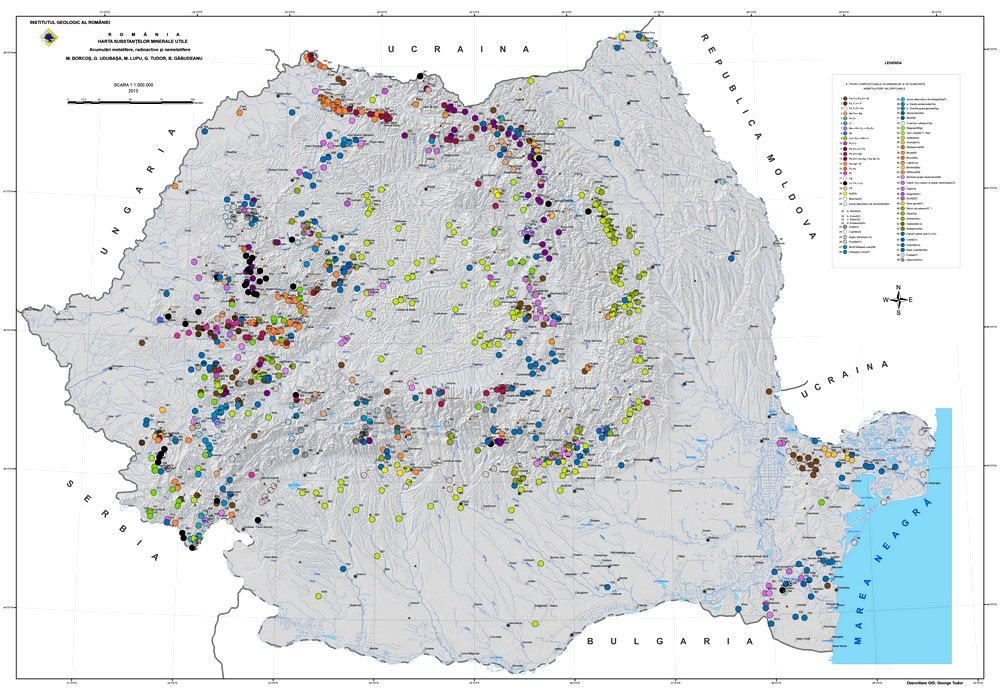
List of critical materials, extended to 30
The European Union’s reliance on imports of raw materials threatens key industries and exposes it to blockades by China and other resource-rich states, shows a report by the European Commission, according to international media. Thus, the lack of raw materials used to produce batteries and equipment used in the field of renewable energy could also jeopardize the objective of the EU to achieve climate neutrality by 2050. The European Union estimates that in order to reach the climate neutrality target, the EU bloc would need 18 times more lithium and five times more cobalt by 2030. Forecasts for 2050 show that the EU will need 60 times more lithium and 15 times more cobalt, according to international media. Under these conditions, the list of critical raw materials for the EU was expanded to 30 materials, from 27, with four metals being added, while helium gas was removed.


